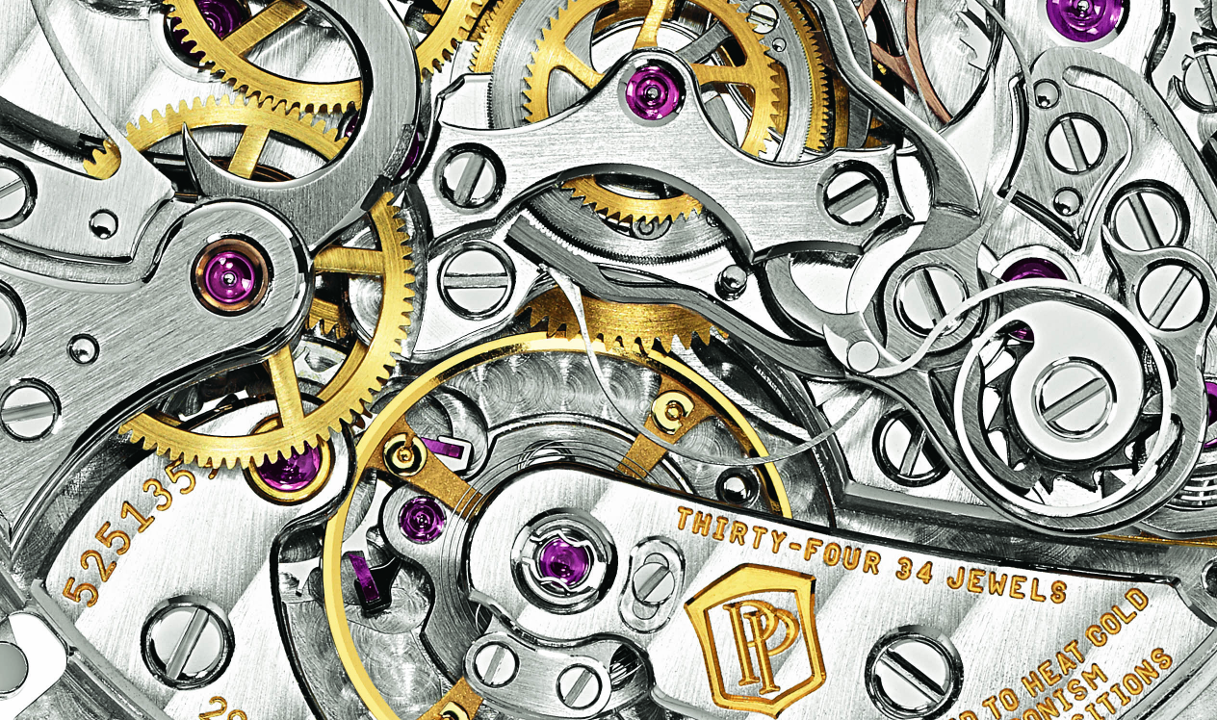Ruby in watches: stones that are precious to the movement of the wheels
In the years between 700s and 800s watchmaking made great strides.
Beyond great technical innovations, mainly concerning the regulating organ’s engineering, those were also the years to solve small mechanical issues: great innovations to a part of the mechanism lead to discover issues in other parts, that was important to solve in order to have an always more accurate time measure.
As an example, a more precise balance wheel asked for changes to the wheel train, in order to reduce their pivot’s friction. The use of lubricating oils was tested, but it appeared to be not even useless, but damaging: the wheel’s use, even if modest, produced dust that knead with the oils, generating not acceptable irregularities.
To solve this issue, stronger steel pivot were adopted (in the meanwhile, metallurgy made great advances compared to the previous century) together with precious stone bases for the steel pivots, often ruby made: stones are hard to be scratched, differently from the brass-made plate and bridges.
The stone bases solution was so effective that it is used still today. Modern high quality calibers have synthetic ruby as a base for stainless steel wheels’ pivots, lubricated with a small oil drop. Synthetic rubies today replaced almost totally natural rubies or diamonds that were used in 19th century calibers.
Still nowadays the ruby number within a movement is a distinguishing information for a watch caliber: it is engraved on each high quality movement’s bridge. However it is good to know that it is not so much the ruby number to define the quality level of a movement, as their shape and finishing. The most refined ruby have round-shaped holes to reduce as much as possible the contact (and the friction) between pivot and stone.































